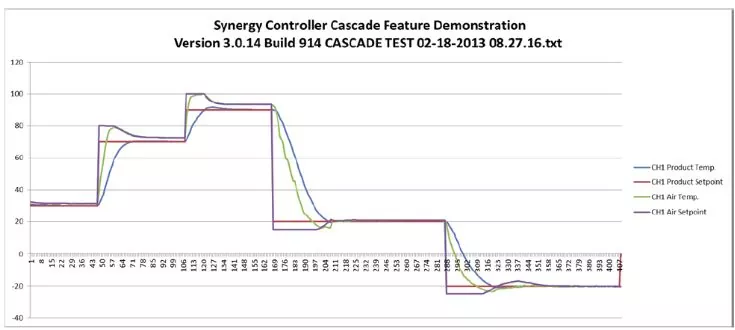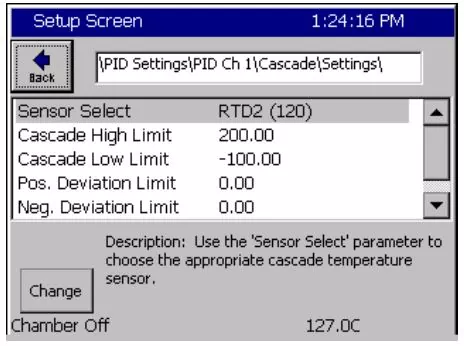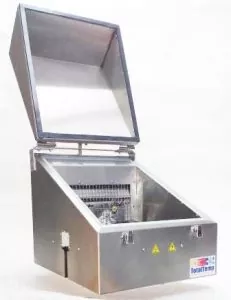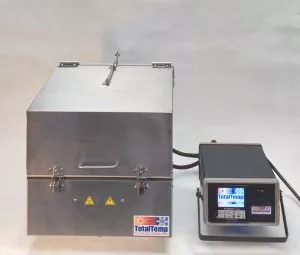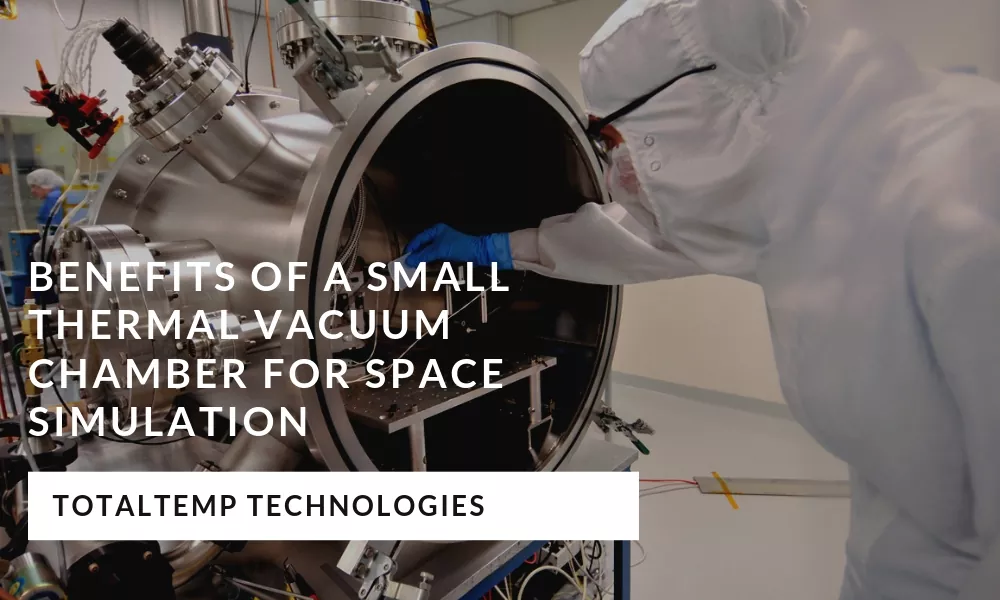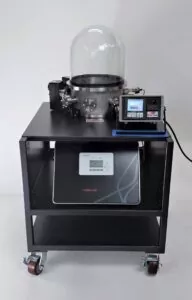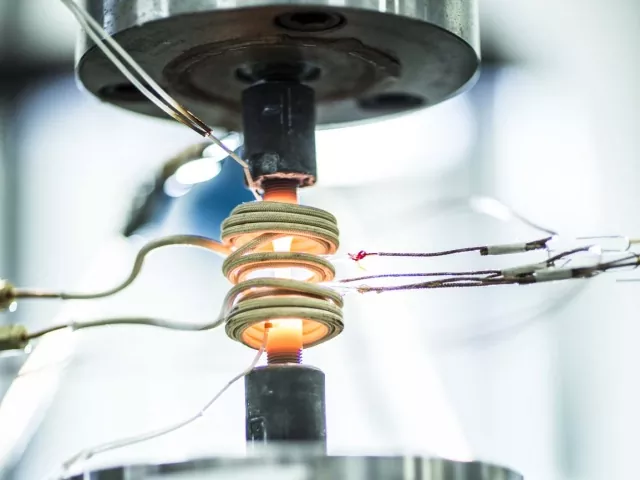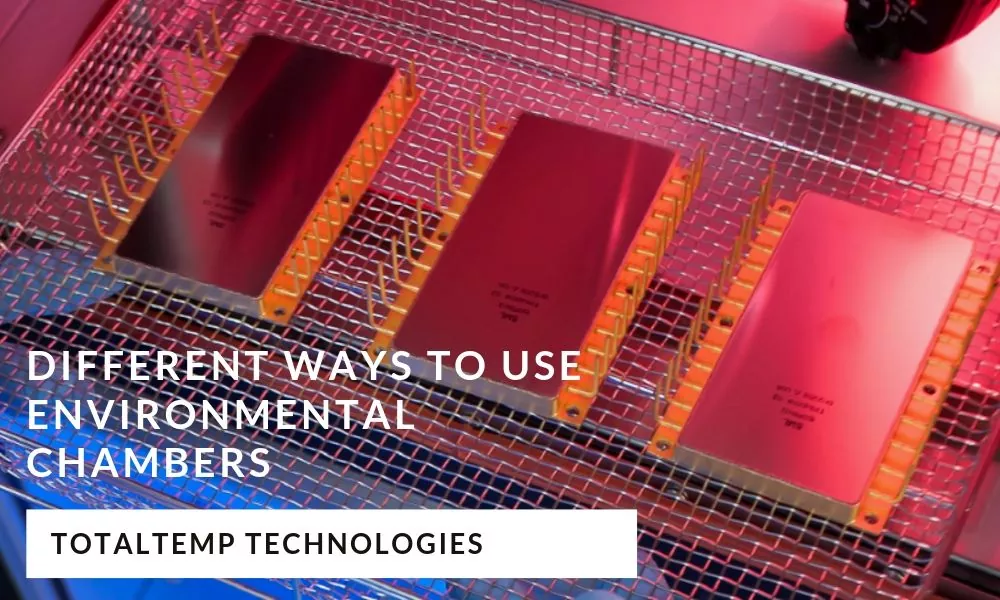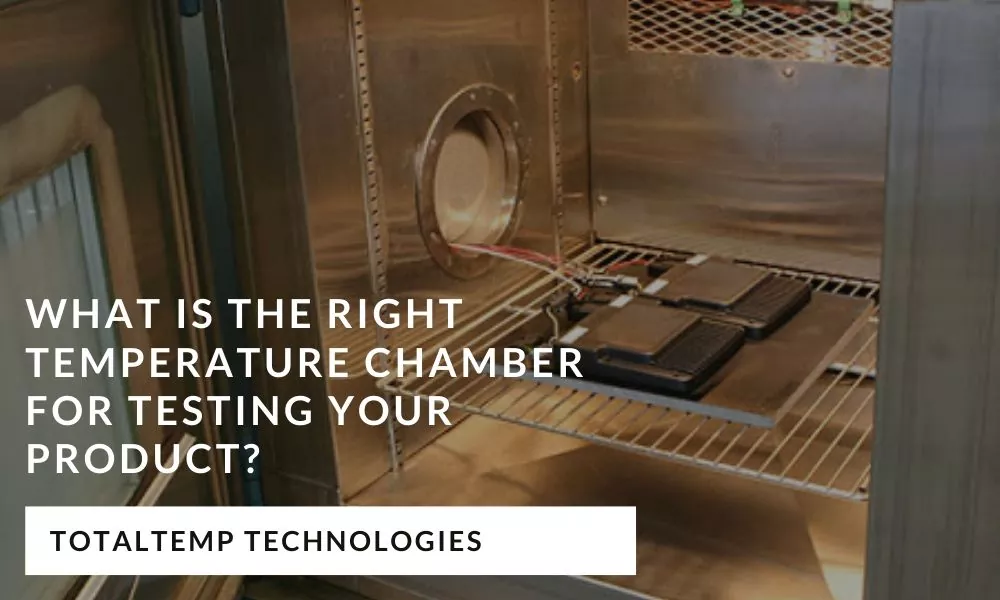Top Ten Reasons for Using a Small Benchtop Thermal Platform or a Benchtop Temperature Chamber

In today’s world, everything is getting smaller and smaller. And with it, the durability and quality of materials are only getting better. Testing smaller materials in larger thermal platforms can be slow, expensive, and an overall burden. Plus, the space in your lab should be optimized. Gone are the days of clunky, unsightly equipment. As your products and needs get more specific, your equipment should too. Here are ten reasons why a benchtop temperature chamber or platform will improve the hard work you already do.
#1 less movement
Less movement is needed to use a benchtop temperature chamber. The more time your employees spend in transit to the machine, the less time they have to do their best work. The accessibility, decreased foot traffic increases productive space and room for new opportunities.
#2 Save time
Larger chambers can take long periods of time for any test, when you just may need a quick run. A benchtop temperature chamber is capable of running faster tests due to its small size, allowing you to get on to the next task.
#3 Cost-Efficient
Your tests will cost significantly less per run. Bringing down the bottom-line required to make a profit. The investment will pay for itself, and the results will speak for themselves. Smaller chambers draw less power.
#4 Energy-Efficient
A smaller environmental impact from your tests. Today’s consumer wants to know they are doing business with people who care for the planet, and by being conservative with your energy use you’re doing just that. Consuming less energy is great for the bottom line and the planet, a win-win!
#5 DUT Logging
The benchtop temperature chamber with DUT logging provides verification that the unit has reached the desired temperature. Tests need to be conducted not only with accuracy but with confidence. Temperature verification gives you the confidence to believe in the results you worked hard to acquire. In addition to verification, they need less energy to reach their desired temperature.
#6 Energy Savings
A lower power bill could mean holiday bonuses, raises, etc. All serve to improve morale and act as an investment in the company’s future.
#7 Compact Chamber
The small form factor will allow you to place the benchtop temperature chamber in a convenient location; leaving space for the heavier, clunkier machines you couldn’t live without.
#8 More Space
Increased space frees up the brain’s creative part, potentially allowing the development of brand-new thoughts. Whether you fill your space with new equipment or just enjoy the open plan, you’ll benefit from the smaller form factor of a benchtop temperature chamber. If you were not already convinced a benchtop thermal chamber or platform would make a proper addition to your thermal testing arsenal, the last two reasons will bring you over.
#9 Precision
The precise build brings the margin of error on the temperature way down, meaning you can be confident your tests represent the harshest condition you choose. By their very nature, chambers are difficult to heat evenly and precisely over long periods of time. With the benchtop temperature thermal test systems, you will find your unit heating quickly and maintaining evenly.
#10 Automation
finally, the unit offers automatic export of your test report in PDF to your computer or straight to your network printer. The seamless integration into your data structure saves plenty of time. There were the top ten reasons why you should invest in a benchtop temperature chamber. Overall, your lab installing one will make your lab run more efficiently and allow you to have more confidence in your tests.
TotalTemp Technologies is an environmental and temperature testing platform manufacturer located in San Diego, Ca. The US.
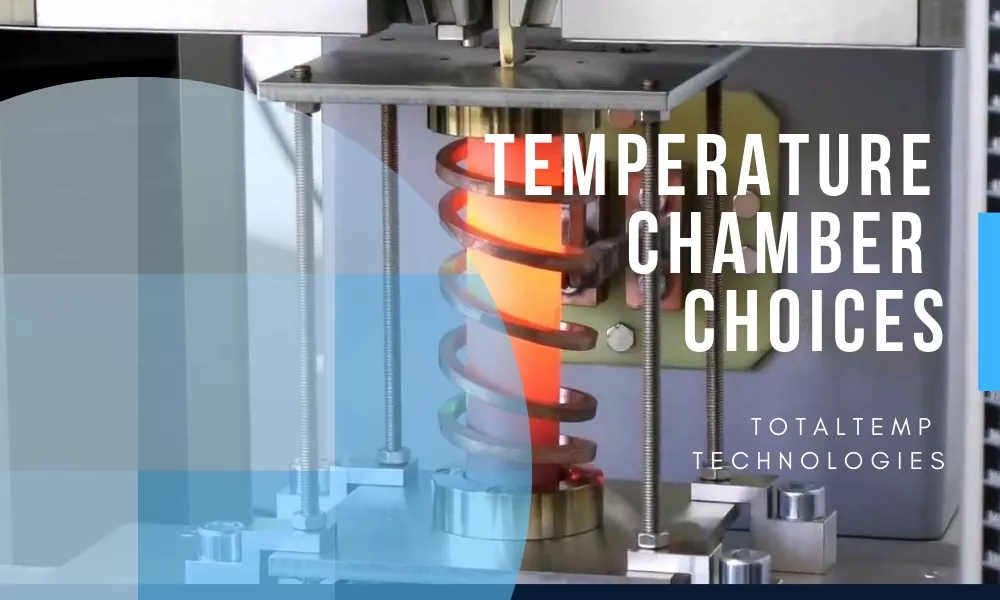
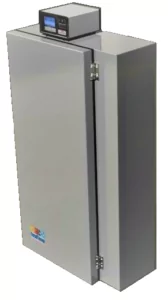

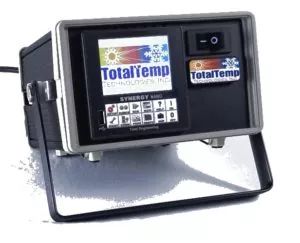
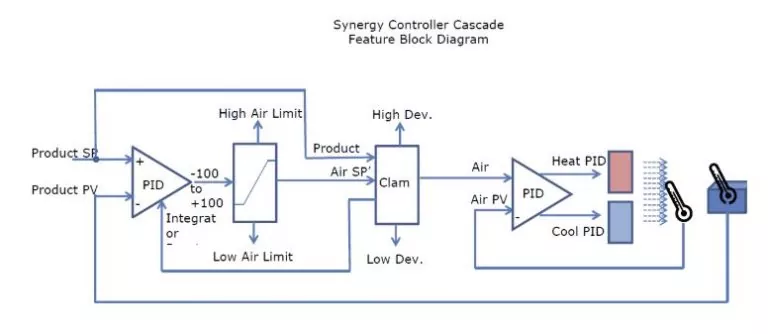 Advanced temperature control algorithms
Advanced temperature control algorithms